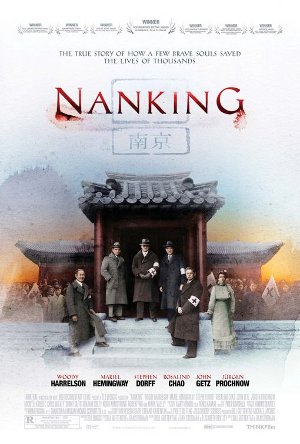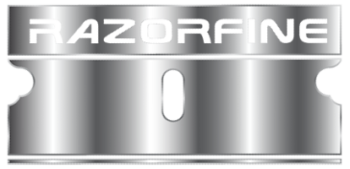- Title: Nanking
- IMDB: link

—Iris Chang

To tell the story a group of actors is assembled together. Each is assigned a role and will read the letters, diaries, journal entries, and accounts of that person which are then intercut with real footage of Nanking. This unusual set-up takes a little to get used to, but by the time the historical context is covered and the film moves into the gory and ghastly details of the Rape of Nanking you have forgotten the actors and are completely immersed in this horrific tale.
Nanking was the Chinese capitol in 1937 when the Japanese army invaded the country and took control of the city. The occupation of Nanking lasted for more than six weeks and visited such atrocities on the civilian population it has been named the Nanking Massacre and The Rape of Nanking. A small group of missionaries from foreign countries including America and Germany created a safety zone in the city for refugees and survivors.
Two of the most active leaders of this group were John Rabe (Jurgen Prochnow), a German and member of the Nazi party, and Minnie Vautrin (Mariel Hemingway), an American and the head of the Ginling Girls College, who took every action they could to save as many lives as possible. This action saved the lives of perhaps hundreds of thousands of Chinese and also allowed a unique historical perspective from these outsiders to witness what followed.
What they saw will sicken and sadden you. Mass executions of civilians by bayonet and machine gun, arson and destruction of the city, looting and theft, and rape of women, children, the elderly, and even the dead, became a nightmarish reality from which many never awakened.
The footage shot, hidden and later smuggled out of the city is as frightening and saddening as anything you’ve seen, but these images pale in comparison to the real horrors which come from the witness accounts where no cameras were present. Told by a group of actors (Hugo Armstrong, Rosalind Chao, Stephen Dorff, Woody Harrelson, Mark Valley, and others) this is a tale that many would rather ignore, but it’s a tale which demands to be told.
Because of the film’s subject matter it drifts close at times to a propaganda film, but does a fair job of keeping a historical perspective, and given the events of the time that is no easy task. It is estimated that more than 200,000 were killed in the Nanking Massacre and over 20,000 women were raped during the short siege. Because news in and out of the zone was so well controlled many Japanese, even after seeing the footage shot in Nanking, refuse to believe the level of atrocity committed. The film retells a dark history many would like to be forgotten, but it’s also a cautionary tale of what damage can be done by the unchecked aggression by an unsupervised army in a foreign land with too much time on their hands. The film earns its R-rating with disturbing images and even more horrific tales, but for those able to sit through it I would recommend it highly, especially given the state of the world in which we now live.
